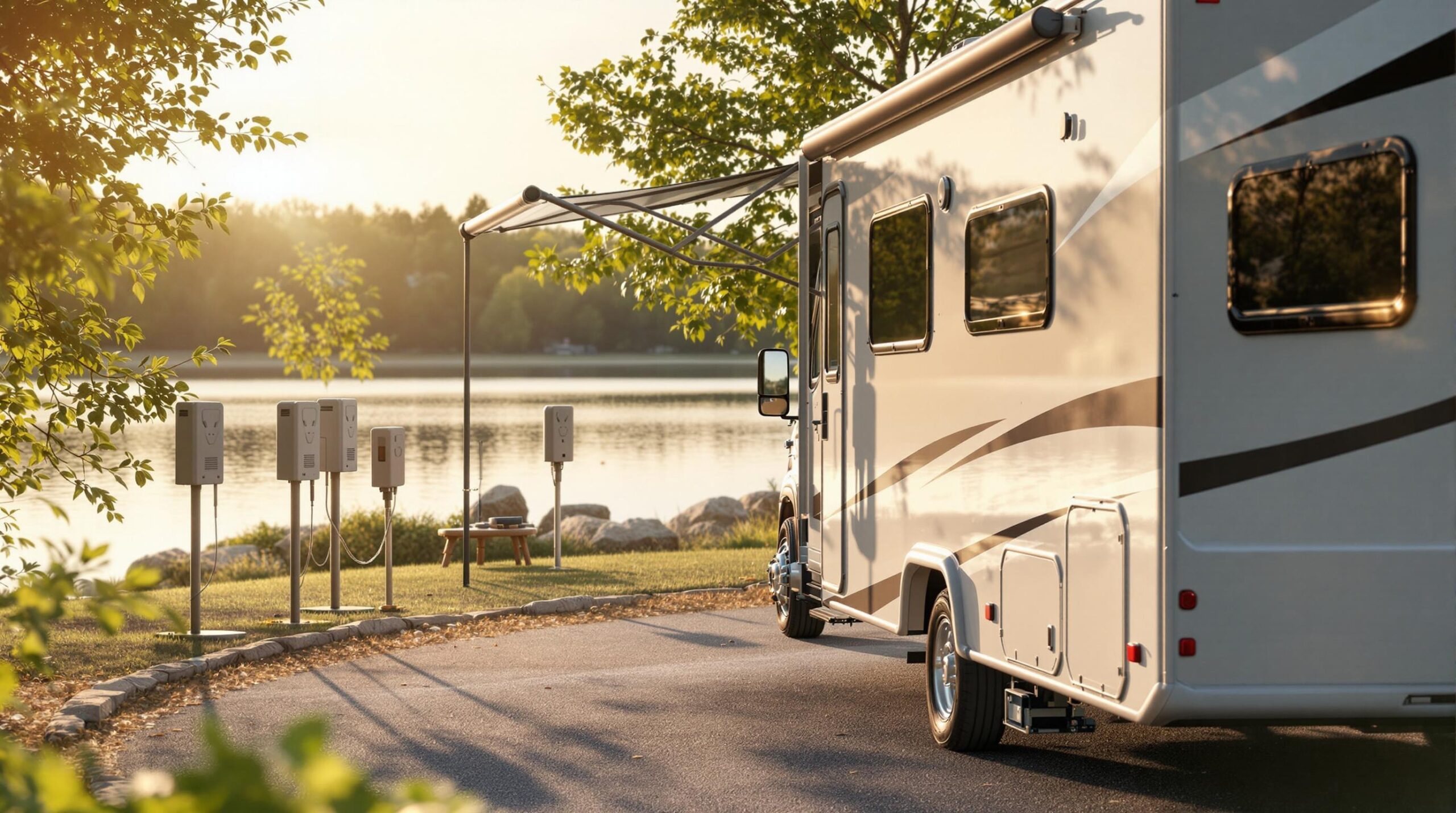State parks across southwestern Nebraska have added a series of new amenities aimed at enhancing the camping experience while preserving the natural environment. Visitors at Swanson State Recreation Area are now seeing waterfront campsites with direct beach access, and significant electrical upgrades are planned at Red Willow State Recreation Area. These developments are described as part of an effort to balance modern comforts with responsible stewardship.
Swanson SRA recently introduced a cluster of basic sites for campers who value proximity to the water’s edge. These are intended to meet rising demand for beach-adjacent accommodations. A press release from the Nebraska Game and Parks Commission states: “Park guests at Swanson SRA will enjoy 24 new, basic camping sites along the waterfront that have direct access to the beach. A new 1.5-mile hiking trail across from the day-use shelter on Trail 4 was built. These projects were completed in March 2025. Beach and shoreline cleanup to remove overgrowth of a mile of Russian Olive and cottonwood trees along with thick buckbrush on Trails 3 and 7 are almost complete; more cleanup will continue throughout the year. The projects at Swanson SRA are funded by park cash funds.” official note
The multi-faceted endeavor, completed in March 2025, also added a 1.5-mile hiking trail near a popular day-use shelter. This route can serve families, hikers, and casual strollers. The new campsites and trail blend convenience with scenic backdrops.
Along the waterfront, cleanup efforts continue on Trails 3 and 7 to address Russian Olive growth and other invasive brush. This approach is intended to encourage healthy vegetation to thrive throughout the warm season. One method commonly used involves removing non-native plants and introducing hardy native species.
According to the U.S. Fish & Wildlife Service, systematic revegetation projects using salvaged topsoil reached a 56% plant survival rate for transplanted native species, compared to 25% without topsoil. federal project This highlights how restoration can protect shorelines, improve aesthetics, and conserve habitat in recreational areas.
At Red Willow SRA, an electric campsite upgrade is in the planning stage to address rising demand for reliable power among modern RV users. The same press release confirms, “Red Willow SRA has an electric campsite upgrade in the planning stage. This project will boost all electric sites to 50 amps for all types of campers and RV use.” Such an upgrade is viewed as a response to larger rigs and higher user expectations.
Campgrounds often adopt modern electrical expansions by performing load testing, routine maintenance, and enhanced site design. Providing clear signage, wider turning radii for big rigs, and easy access to power pedestals can reduce the risk of outages during peak seasons.
Some improvements at these locations are supported by Park Cash funds and various partnerships that help finance construction and long-term upkeep. The balance between convenience for contemporary campers and preservation of ecosystems remains a primary goal across local recreation areas.
The newly cleared waterfront at Swanson SRA exemplifies active shoreline management that can both enhance water access and preserve local habitats. Maintaining a schedule of brush removal and subsequent replanting can ensure safe, appealing beaches for riders, anglers, and other guests.
Meanwhile, the decision at Red Willow SRA to boost campsites to 50-amp service reflects an industry-wide effort to meet evolving RV power needs. Owners of private campgrounds and glamping resorts often follow similar strategies to remain competitive and satisfy guest demands for robust amenities.
Key practices for sustainable shoreline management typically include systematic removal of invasive species, replanting with vegetation that supports native wildlife, and regular cleanup to prevent reemerging brush. Safety considerations may involve clear signage and temporary limitations on visitor access during removal operations near trails or beaches.
When upgrading RV infrastructure, best practices focus on 50-amp service, preventive maintenance of panels and pedestals, and careful site design for easy navigation. Many operators have recognized that such steps can avert high-demand outages and create a more welcoming environment.


